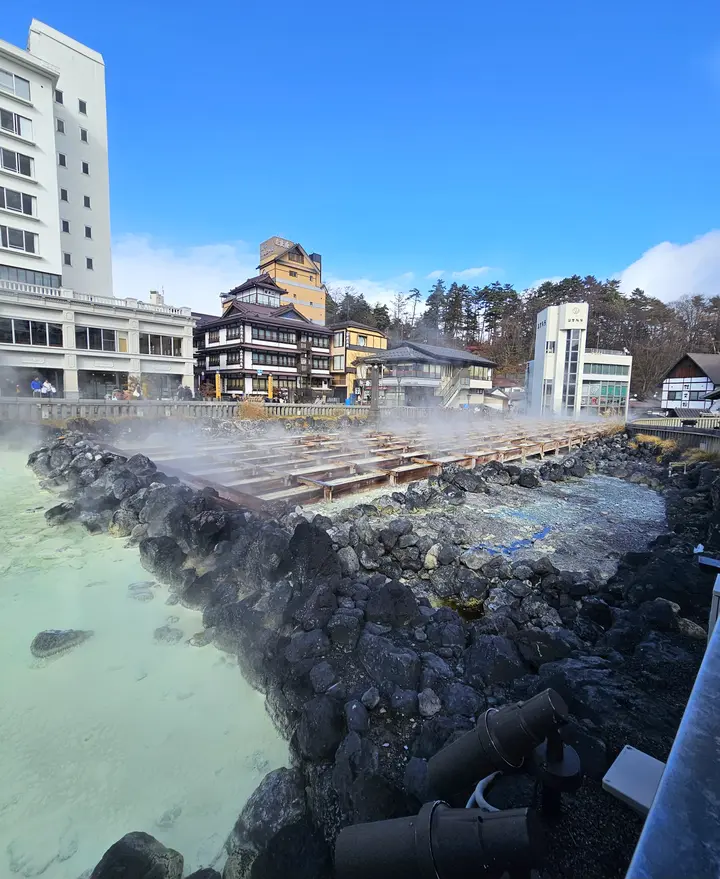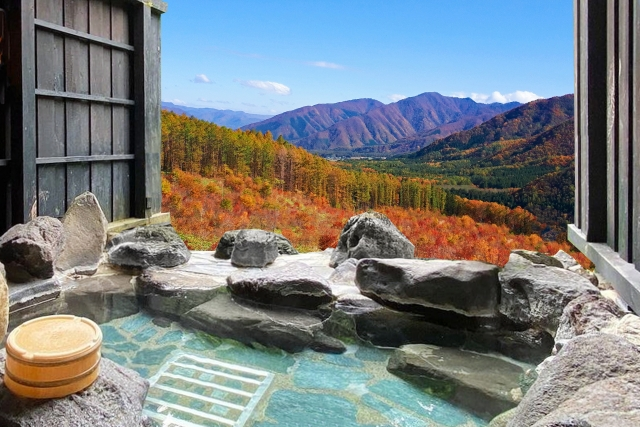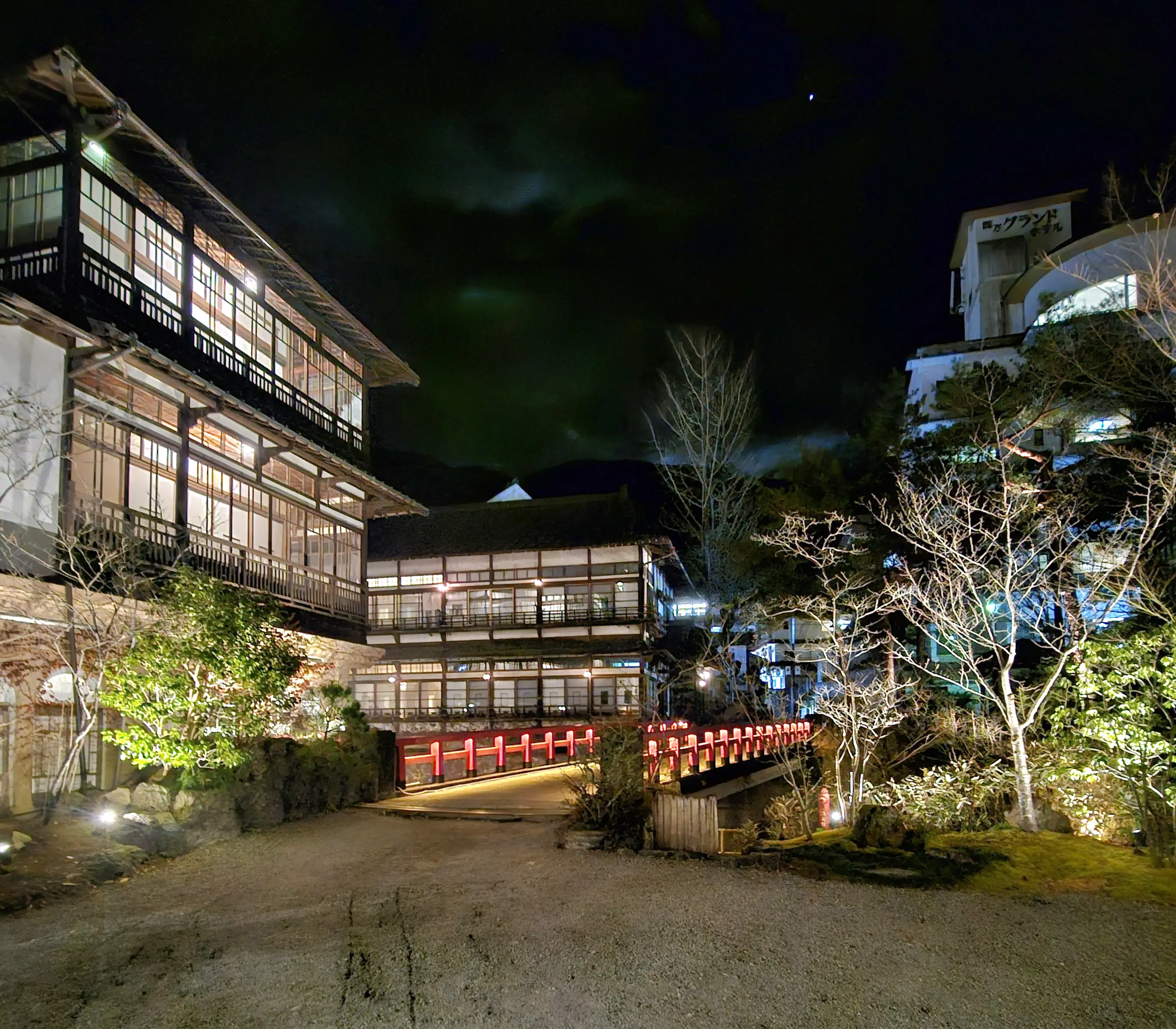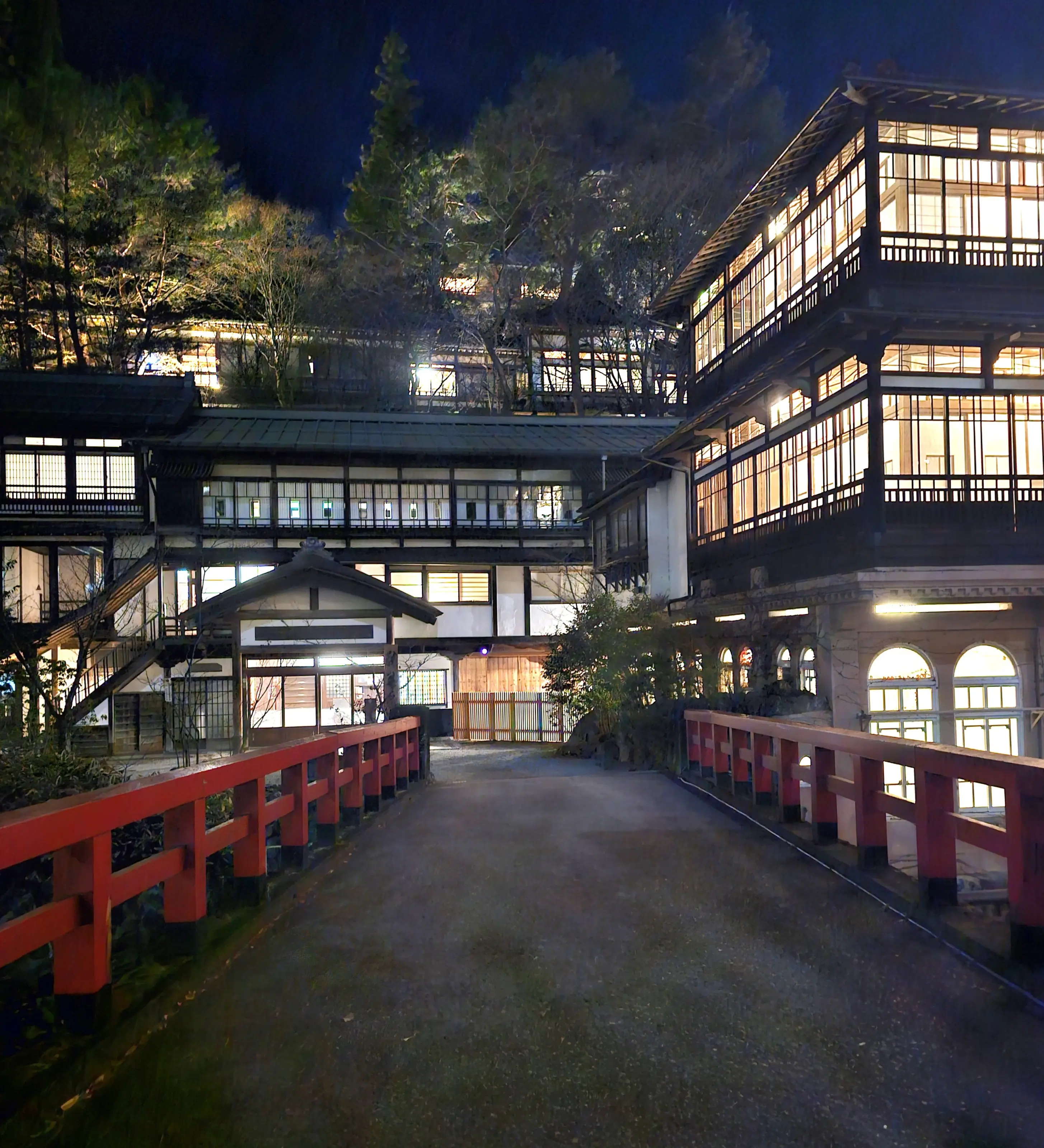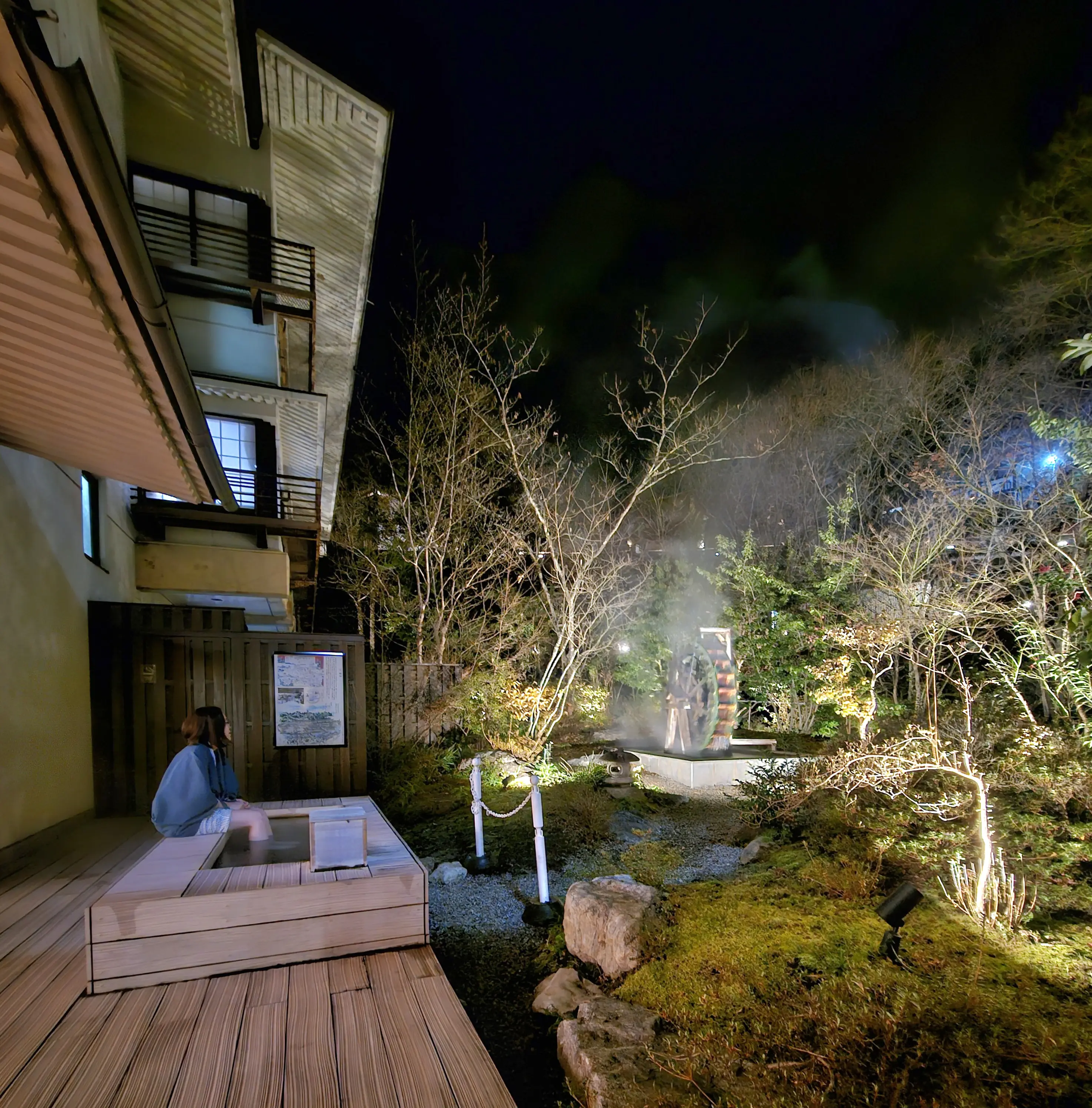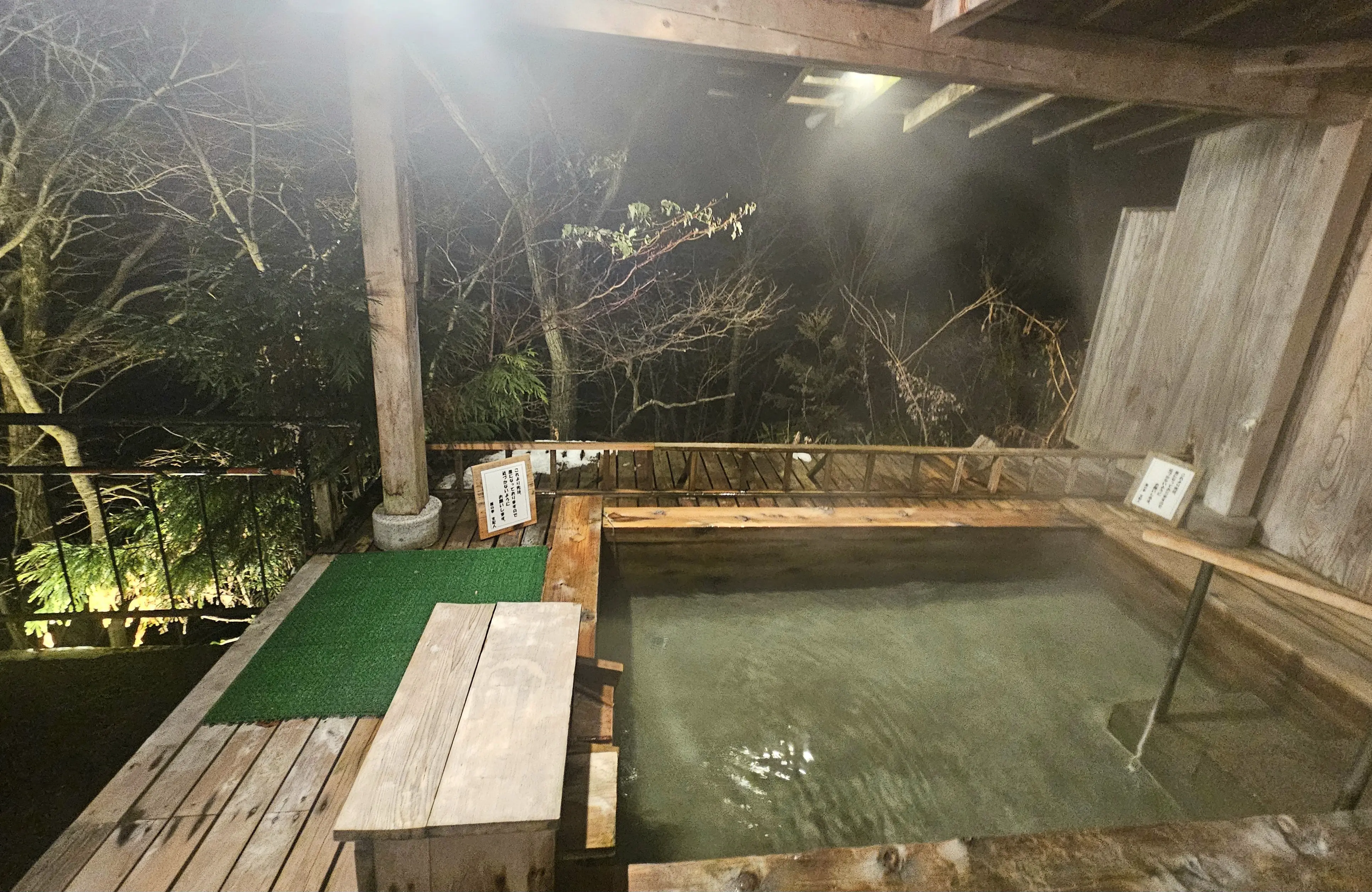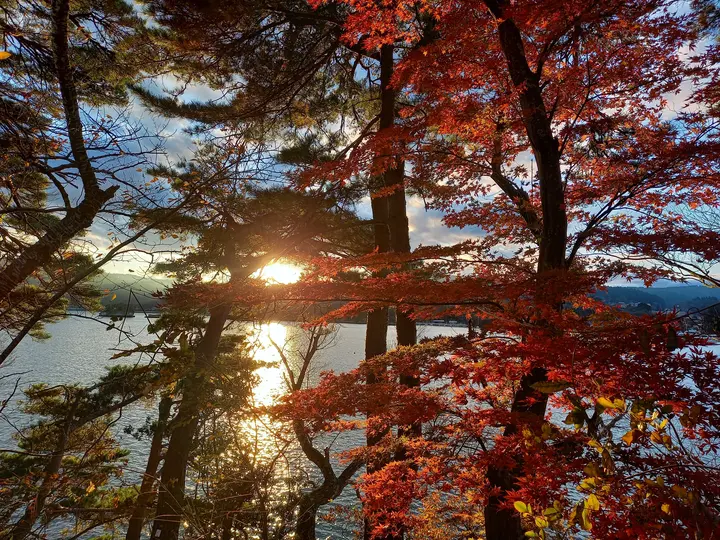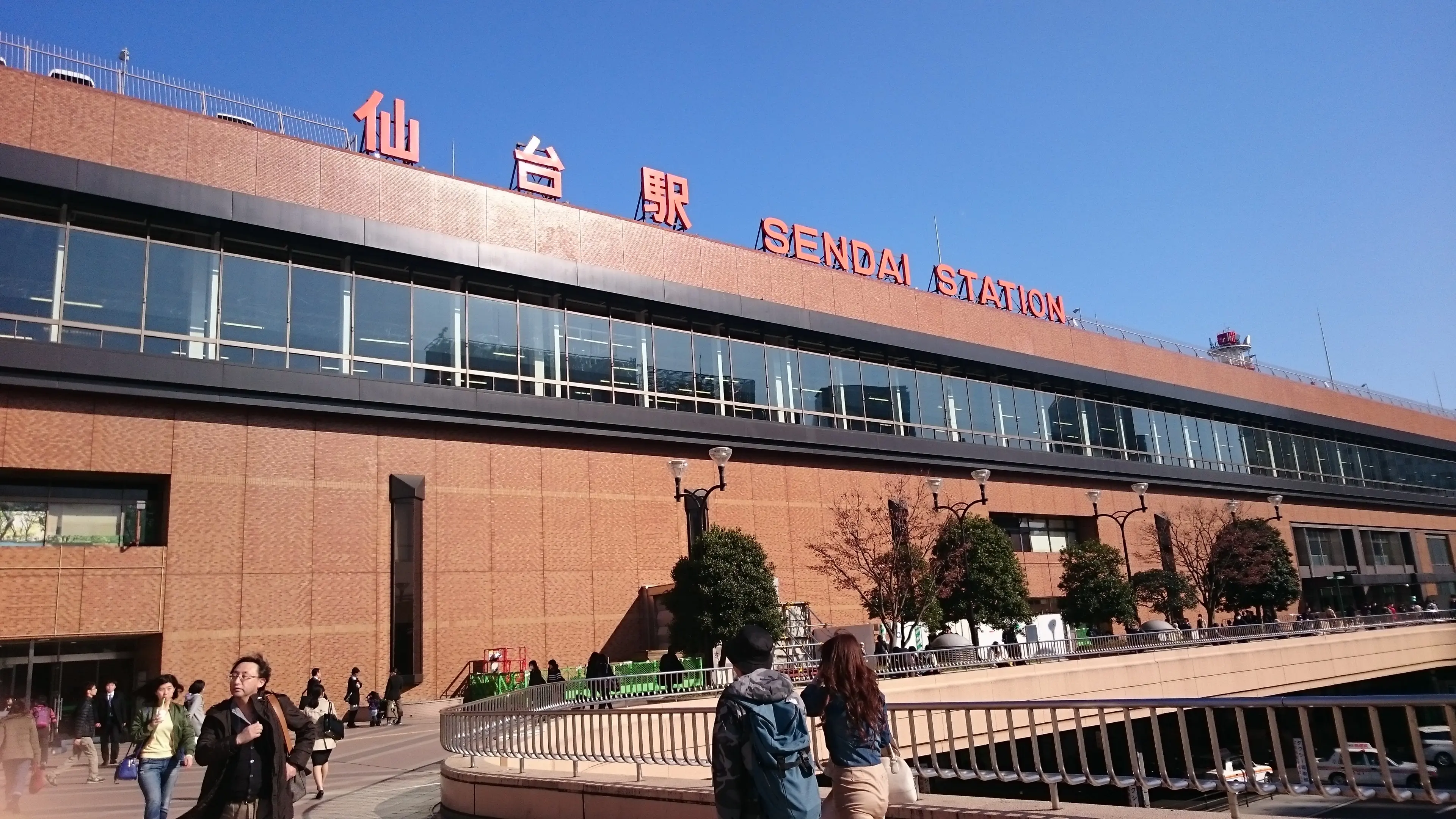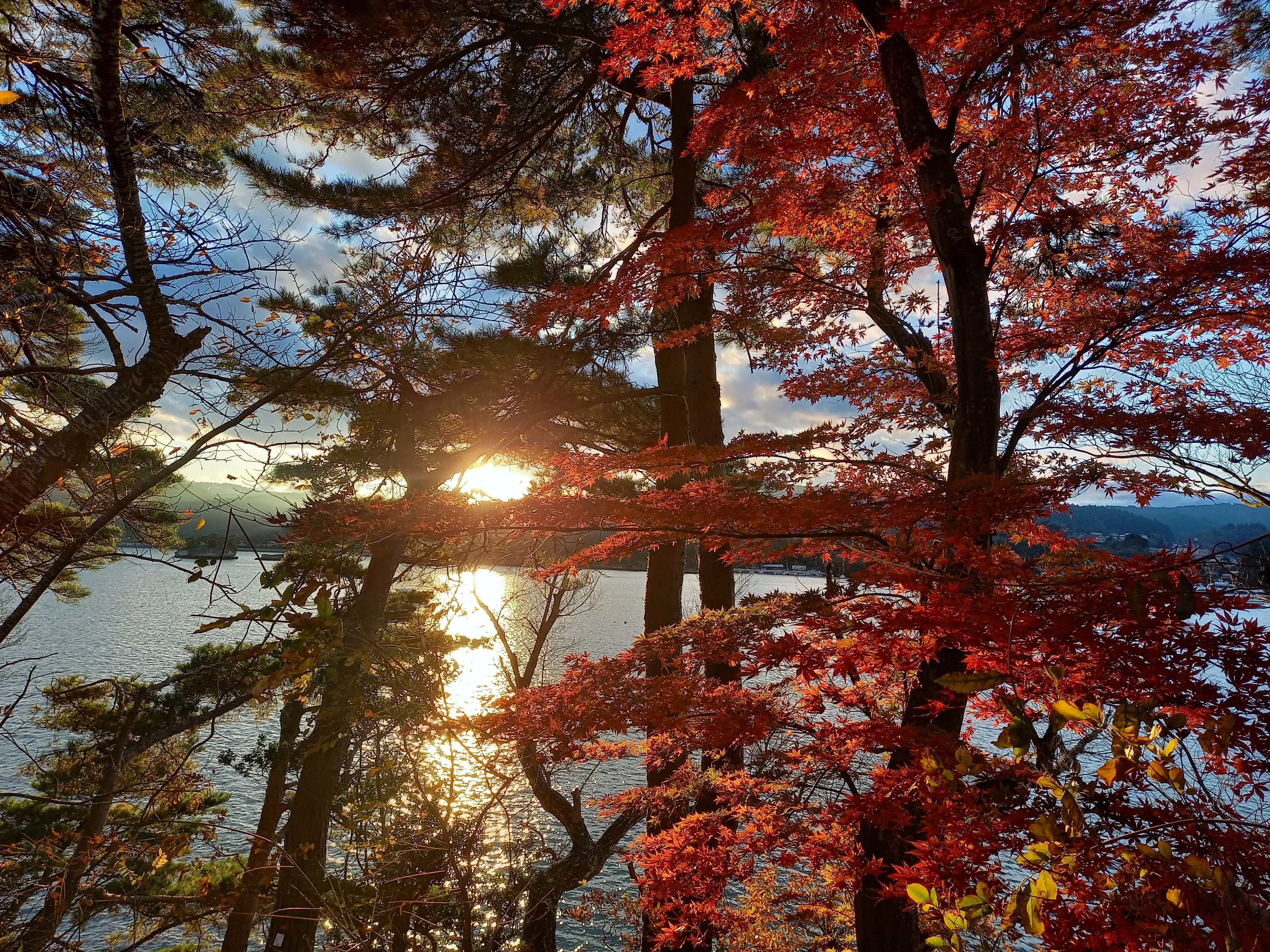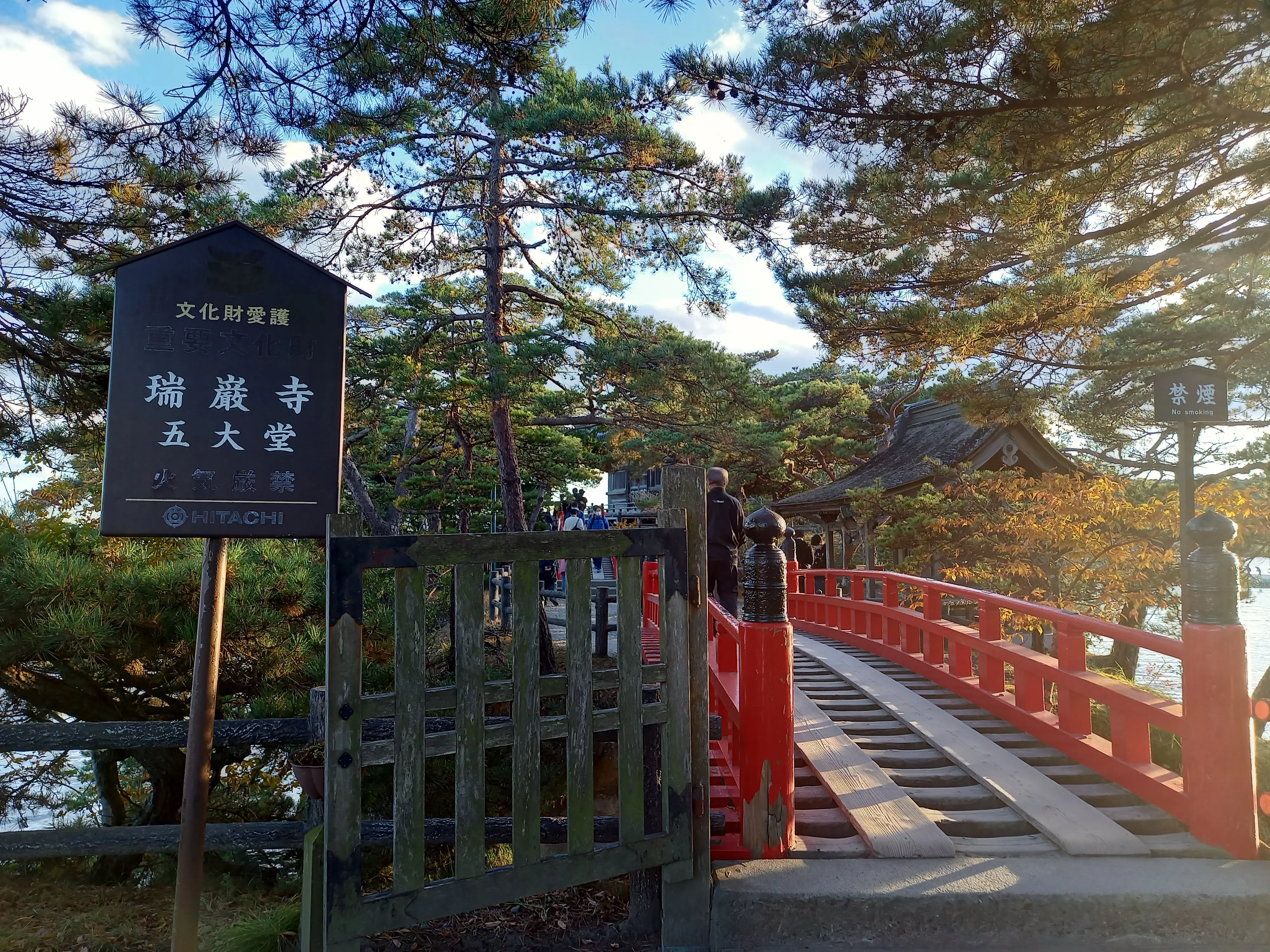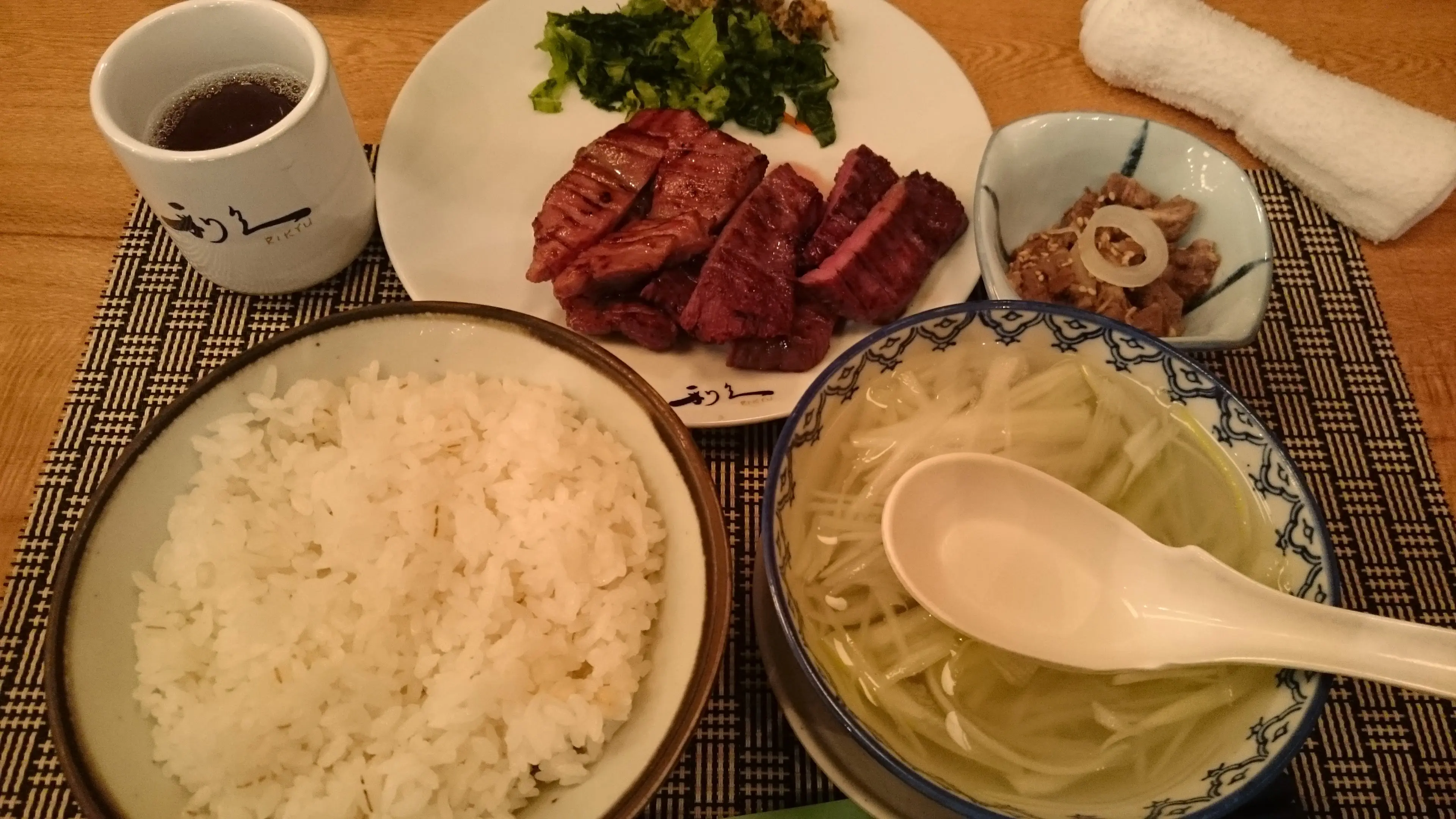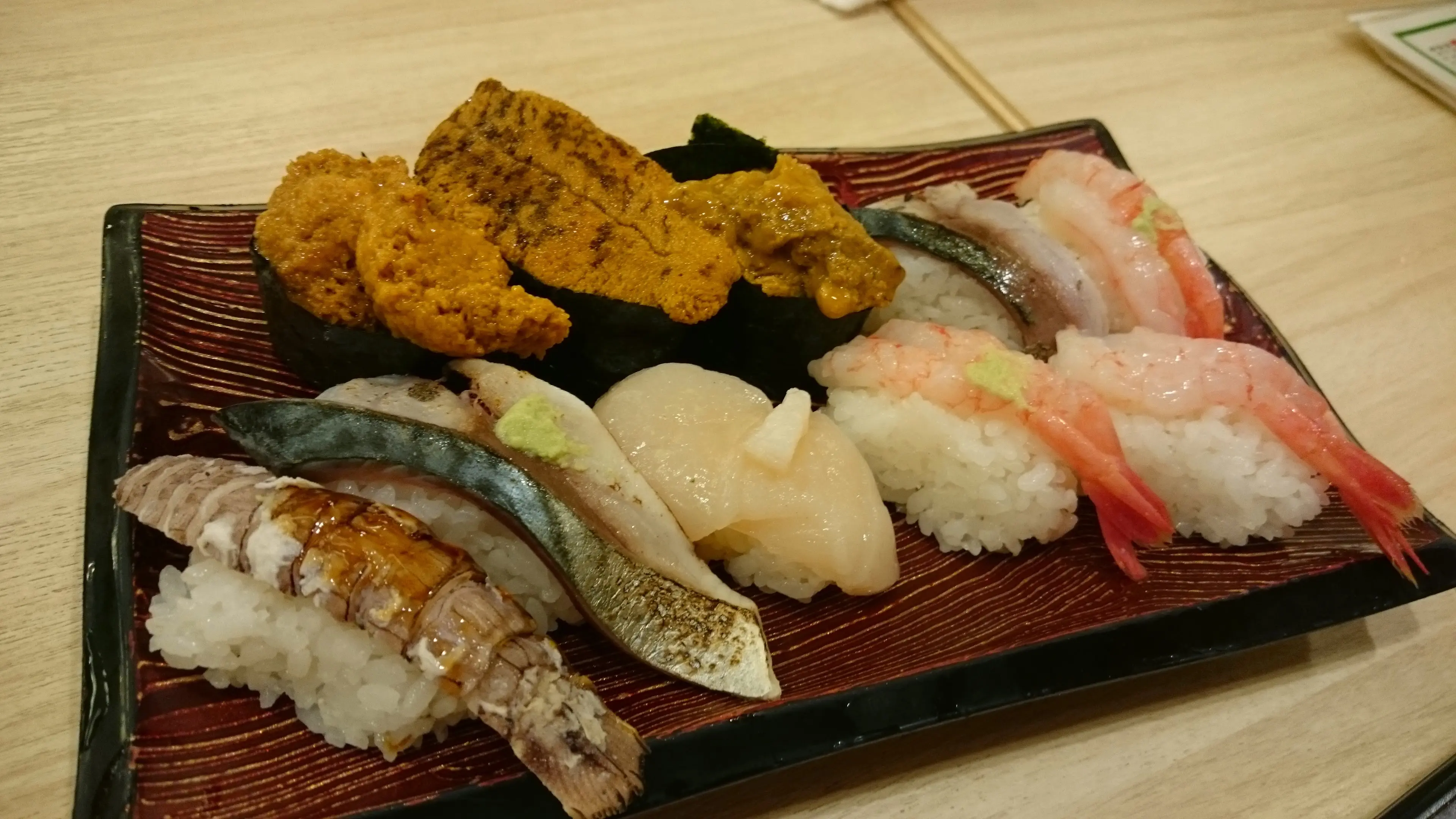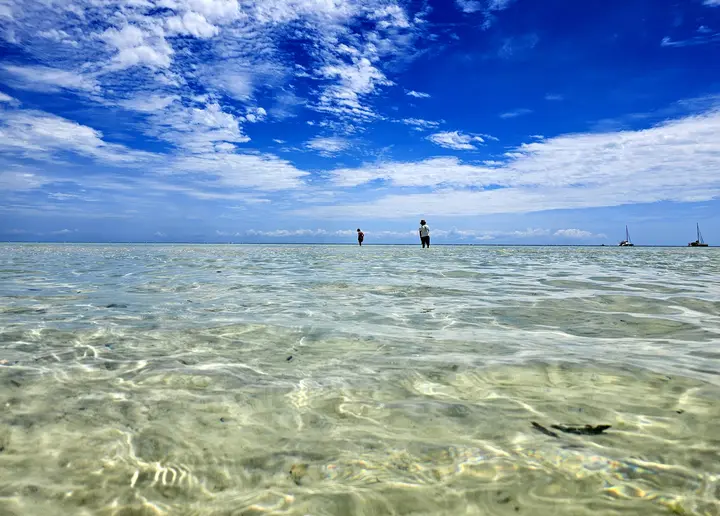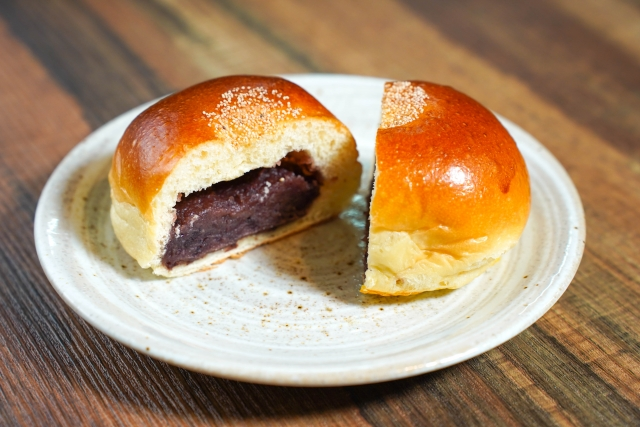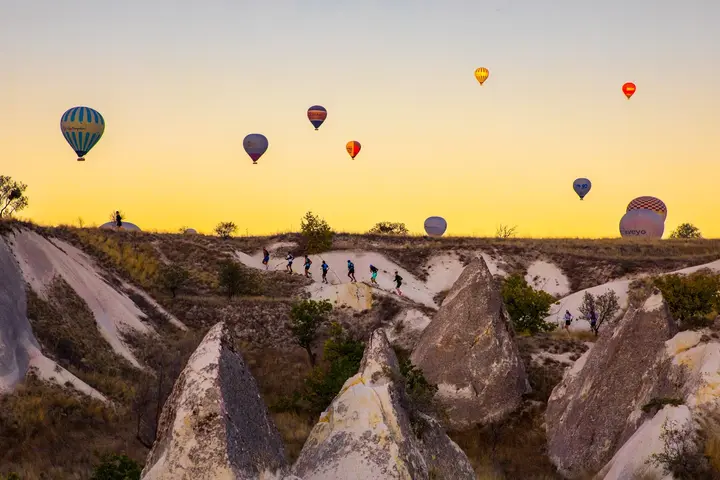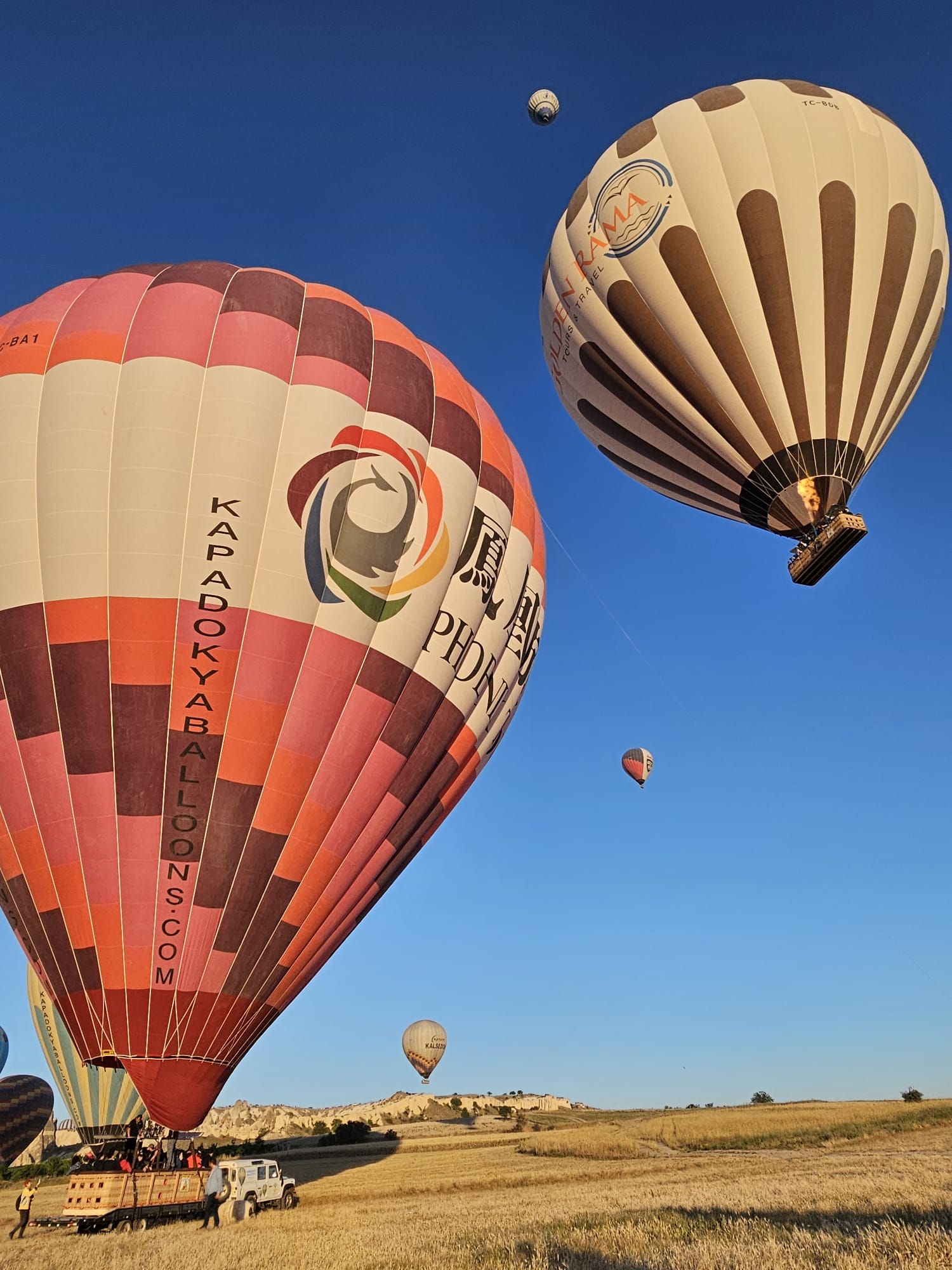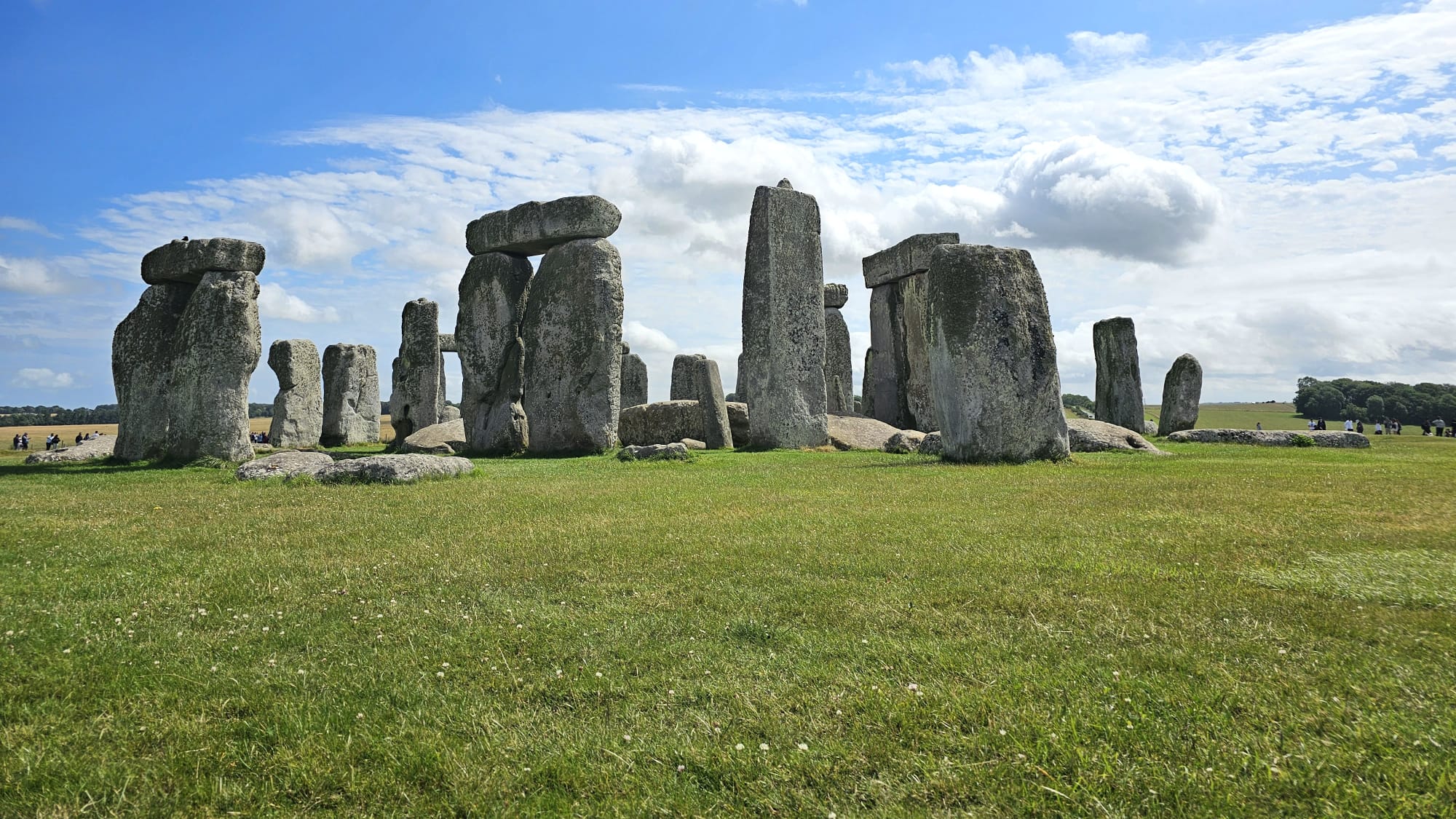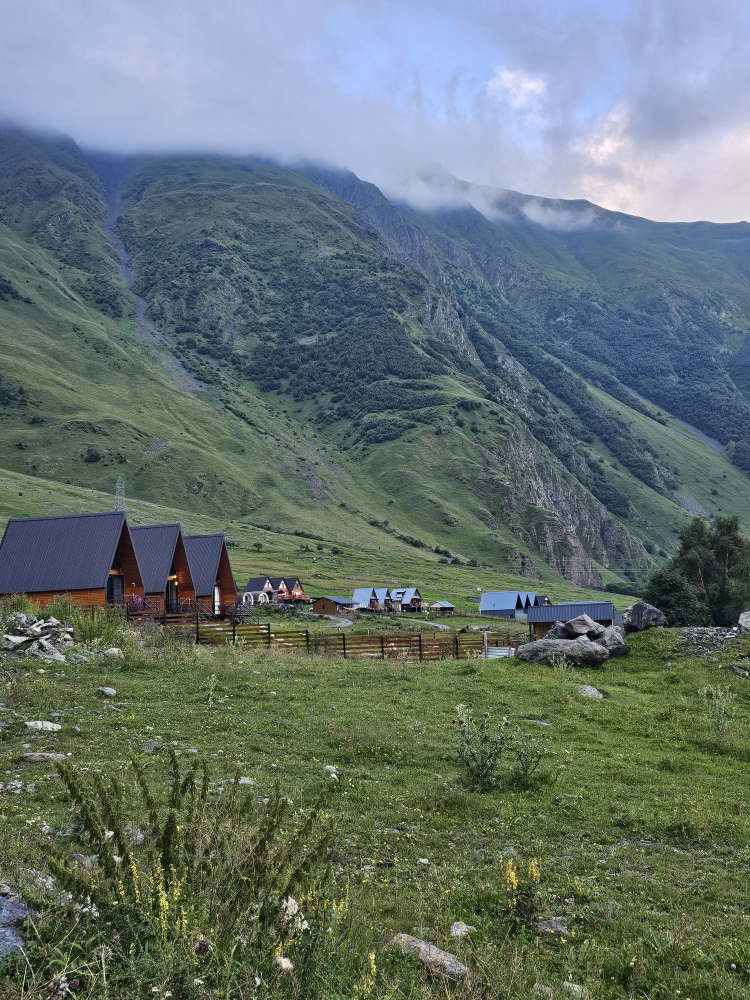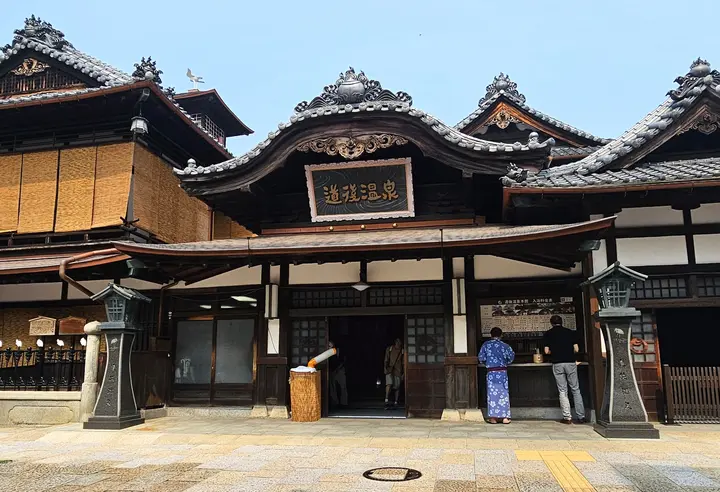
🗾 Discover Shikoku: A Storybook 4-Day Trip in Kōchi & Ehime
"Welcome to Dōgo Onsen," the attendant smiled as warm mist curled through one of Japan’s oldest and most legendary baths. It was our first night in Shikoku, and already, the island was casting its spell.
♨️ One of the Oldest Hot Springs in the Country, Known for Its Traditional Architecture and Healing Waters 🌸Ehime and Kōchi—two prefectures tucked along the coasts of Shikoku Island—offer a perfect four-day escape into Japan's soul. Here, history and hospitality mingle, from ancient castles and timeless hot springs to bustling markets and riverfront sunsets.
🌏 Why Visit Kōchi & Ehime?Nestled in southwestern Japan, Kōchi and Ehime remain blissfully underexplored. Kōchi charms visitors with dramatic Pacific coastlines, tranquil rivers like the Shimanto, and tales of samurai hero Sakamoto Ryōma. Its Sunday Market buzzes with life, and katsuo no tataki (seared bonito) sizzles with smoky flavor.
Ehime, on the other hand, offers calm and culture. In Matsuyama, steam rises from Dōgo Onsen, inspiration for Studio Ghibli's Spirited Away, while Matsuyama Castle guards the skyline above citrus groves and literary trails.
Here, the pace slows. You cycle across sky-high bridges on the Shimanami Kaidō, wander Edo-era towns like Uchiko, and find yourself chatting with locals at izakayas.
👘 Strolling through Ehime’s morning market 🌞—kimono style, local flavors, and lively vibes! 🧺🇯🇵 #Ehime #JapanTravel #MorningMarket #KimonoGirls #LocalExperience #CulturalJapan #HiddenGemsJapan ⏳ Is 4 Days Enough in Kōchi & Ehime?Absolutely. With four days, you can:
- Soak in Dōgo Onsen’s steaming heritage
- Explore Matsuyama’s historical treasures
- Cycle the scenic Shimanami Kaidō or stroll Uchiko’s old merchant streets
- Discover samurai legends, markets, and beaches in Kōchi
- Take in mountain air, river walks, and island views
It’s just enough time to fall in love—and start planning your return.
📶 Best Options for Internet in Japan 📱 1. Airalo eSIM – Fast, Easy, and Instant Setup👉 Get your Japan eSIM via Airalo
👉 Get your Japan eSIM via Airalo
Stay connected the moment you land—no SIM swapping, no store visits, no language barrier.
Why Choose Airalo eSIM?- Buy online before your trip, install in minutes via the Airalo app
- Plans available for 7, 15, or 30 days with flexible data options
- Works instantly upon arrival—perfect for airport navigation or hailing a cab
- Ideal for short-term travelers, digital nomads, or those switching cities often
- Uses major Japanese networks like KDDI or SoftBank for wide coverage
Pro Tip: Make sure your smartphone is unlocked and eSIM-compatible before purchase.
📱 2. Local SIM Card – Traditional but ReliablePrefer a physical SIM? Japan has a solid selection of prepaid SIM cards available across major cities and airports.
Where to Buy a Local SIM Card in Japan:- 🛬 Narita, Haneda, and Kansai International Airports – vending machines and kiosks
- 🏪 Convenience stores (like Lawson or Bic Camera)
- 📍 Electronics retailers – Bic Camera, Yodobashi Camera, and SoftBank stores
- Sakura Mobile – Great for tourists, easy English support, airport pickup
- Mobal – Offers voice + data, long validity options, English customer service
- IIJmio Japan Travel SIM – Data-only plans with easy setup
- Japan Wireless – Delivers SIMs to your hotel or airport
- SoftBank Prepaid SIM – Broad network coverage, ideal for data-heavy users
- 📝 Passport required for purchase
- 📱 SIM must match your device size and be compatible with Japan's networks
- ⏳ Activation may take a few minutes to an hour depending on the provider
Renting a Pocket WiFi router is a great option if traveling in a group or needing unlimited high-speed internet.
🔌 Connect multiple devices at once 📦 Reserve online and pick up at the airport or have it shipped to your hotel 🌍 Popular providers: Japan Wireless, Ninja WiFi, Global Advanced Communications
🚶♂️ Tranquil streets of Ehime—soft footsteps, warm light, and timeless charm 🌙🏘️ #EhimeJapan #HiddenJapan #QuietMoments #SlowTravel #WabiSabiVibes 🌧️ Best Time to Visit Kōchi & Ehime- Spring (Mar–May): Cherry blossoms around castles and parks.
- Summer (Jun–Aug): Yosakoi Festival, river adventures, but humid.
- Autumn (Sep–Nov): Cool, colorful, and ideal for exploring.
- Winter (Dec–Feb): Peaceful, mild weather and perfect onsen season.
- Airport Limousine Bus: ~30 minutes to Dōgo Onsen or Matsuyama Station
- Taxi: ~20 minutes
- Rental Car: Ideal if you're exploring the countryside
- Trains: JR Shikoku links major cities
- Trams: Matsuyama’s retro trams are part of the charm
- Buses: Local lines cover mountainous and rural areas
- Rental Car: Best for Shimanto River, coastlines, and flexibility
- Bicycles: Ride the Shimanami Kaidō!
- Walking: City centers and historic areas are best explored on foot
Yes—Kōchi and Ehime are two of the safest, friendliest regions in Japan. Locals go out of their way to help. Basic travel smarts apply, but you’ll mostly remember the smiles.
📍 Day-by-Day Itinerary Day 1: Matsuyama’s Castles & SteamMorning: Matsuyama Castle via ropeway; explore the original keep and stone walls
🏯 Welcome to Ehime’s Matsuyama Castle—historic charm, epic views, and a journey back in time 🇯🇵🌸 #MatsuyamaCastle #EhimeJapan #JapanHeritage #CastleViews #HiddenJapan- Midday: Bansuisō Villa; lunch on tai meshi (sea bream rice)
Afternoon: Bathe in Dōgo Onsen Honkan; stroll Dōgo Arcade in yukata
🛁 Soaking at Dōgo Onsen Honkan in Ehime—3,000 years of tradition, imperial elegance, and Spirited Away vibes 🌸🕯️ #DogoOnsen #Matsuyama #Ehime #OnsenJapan #HistoricBathhouse #JapanTravel
- Option 1: Uchiko: Visit Edo-era merchant houses and the Uchiko-za Theater
Option 2: Shimanami Kaidō: Rent a bike and ride from Imabari across the sea
🏯 Ehime Castle Perched Atop Mount Katsuyama—silent, strong, and timeless. 🏯✨ #EhimeCastle #MountainCastle #MatsuyamaViews #SamuraiHeritage #HiddenJapanEvening: Back in Matsuyama, enjoy local sake and jakoten at an izakaya
Morning: Travel to Kōchi (2.5 hours by train or rent a car for 3 days)
🧭 Journey into the depths of Ryugado Cave in Kochi Prefecture 🇯🇵—a 175-million-year-old limestone wonder featuring stunning stalactites, underground rivers, and immersive light displays. 🌌 #RyugadoCave #KochiJapan #LimestoneCaves #AdventureAwaits #GeologicalWonders #ExploreJapan- Midday: Tour Kōchi Castle and feast at Hirome Market
Afternoon: Visit Katsurahama Beach and the statue of Sakamoto Ryōma
⛩️ Crowds Gather at Sakamoto Ryōma Shrine in Kochi 🇯🇵—Honoring the Legendary Samurai and Revolutionary Leader 🔥 #SakamotoRyoma #KochiJapan #SamuraiHeritage #JapaneseShrines #CulturalJapan #TravelJapan- Evening: Explore Harimayabashi Bridge and downtown streets
- Morning: Optional visit to Shimanto River for a walk or boat ride
Afternoon: Return to Matsuyama; shop at Dōgo Arcade or Station
🌫️ Through whispering pines and veils of mist, the road winds past Tengu Highlands—where nature’s magic lingers and every breath feels like a timeless poem. Returning to Ehime, the heart carries the mountain’s quiet song. 🍃✨🇯🇵- Evening: Depart via Matsuyama Airport
- JR Pass: Covers trains across Shikoku
- Souvenirs: Yuzu products (Kōchi), Mikan sweets (Ehime), local sake
- Luggage Forwarding: Use it for smooth city-hopping
- Language: A smile and a translation app go a long way
Q: Can I use my JR Pass?
A: Yes, on JR Shikoku trains connecting major cities.
Q: Do people speak English?
A: Not widely, but signs in tourist areas are bilingual. Use a translation app and basic phrases.
Q: What should I pack?
A: Walking shoes, towel for onsen, refillable bottle, hat for summer or rain gear for spring.
Q: What souvenirs are best?
A: Local citrus sweets, Sakamoto Ryōma memorabilia, hand-crafted paper goods from Uchiko.

